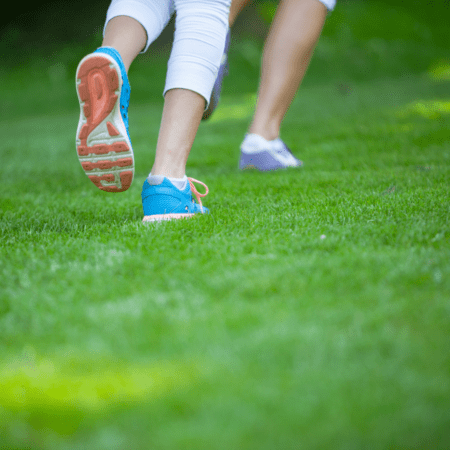How Runners Can Make Every Day Earth Day
Every morning, when you wake up and get into your running shoes, what is that one thing that motivates you to go out and do the hustle? Besides the obvious desire to remain fit, the beauty of the Earth itself is a tremendous motivator that makes us want to head out and experience the wonders of nature on foot.
Whether you like to run across a sandy beach or in a park with tall trees, running is so much more fun when done in the lap of nature. The fresh breeze blowing through your hair, the vast expanse of greenery, the pleasant chirping of birds, and the soothing sound of water trickling offer the ideal setting for a run.
If you enjoy running in natural settings and admiring the beauty of the Earth, then you may find that you enjoy doing your part to ensure that it remains the same for a longer time. It is no secret that the Earth is suffering a slew of problems, such as global warming and climate change. With a few small changes, we can help make every day Earth Day!
Check out the following suggestions for some fantastic ideas on how you can make a difference.
Recycle or Donate your old gear and running shoes:
Every time you purchase new running gear and shoes, think about recycling or donating your previous attire instead of dumping it in the garbage. There are numerous methods for recycling shoes. Take them to your local Goodwill or homeless shelter. Many companies now have recycling and reuse programs for athletic equipment and shoes. You can look up relevant locations and offer your equipment for recycling.

Girlfriend Collective Moss Compression Run Short
Make purchases from eco-friendly brands:
Today, no matter what you wish to buy, you will have an infinite number of vendors to choose from. If you are committed to making the planet a healthier, cleaner, and better place, make the right option when deciding on your running gear. At present, there are many brands like Brooks, Girlfriend Collective and Allbirds that create a wide variety of products from recycled materials and sustainable methods.
Take a refillable water bottle from home:
Plastic pollution is a big threat that the Earth is dealing with. If you carry around disposable plastic bottles to relieve your thirst while burning calories, a reusable and refillable water bottle would be a better solution. You may lessen your carbon impact on the earth in this manner.
Ensure that you run on a clean track:
The simplest way you can contribute to the conservation of planet Earth is by keeping it clean. So, if you are running down a route and come across a few wrappers or cans, you know what to do. Simply pick them up and toss them in a nearby trash can.
These were a few tips to help you take care of the environment while taking care of your body. Follow them and inspire others to join you in making the Earth a greener and more pleasant place to live in.





 Sand
Sand
 Water
Water

